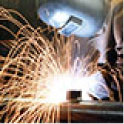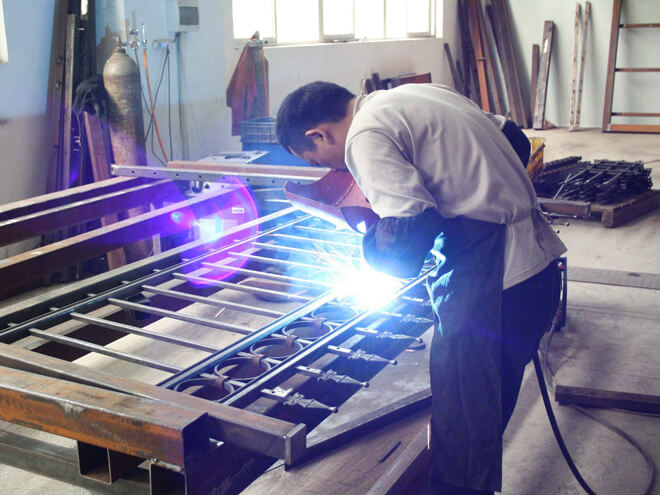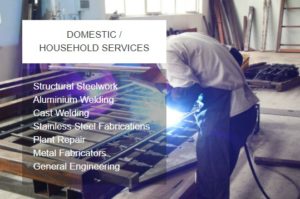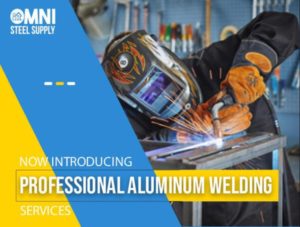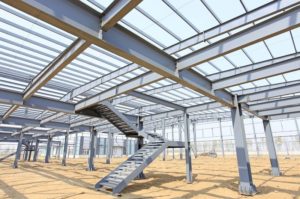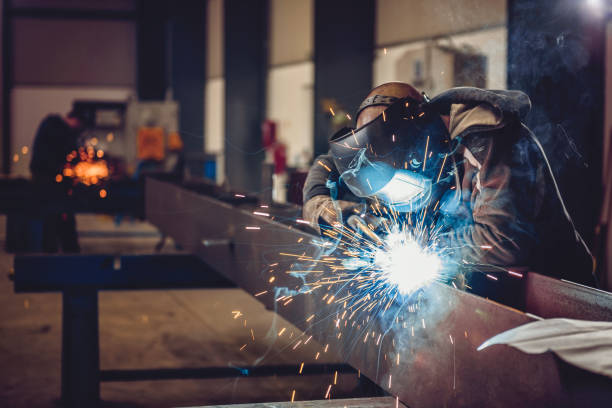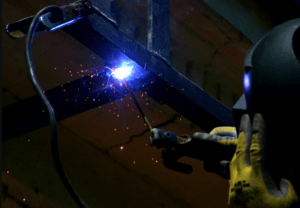Introduction:
Flash welding is a specialized welding technique that joins two metal components together using a rapid and intense burst of heat generated by an electrical discharge. This high-energy process creates a strong and reliable weld, making flash welding a preferred choice in industries where speed, efficiency, and durability are paramount. In this article, we will delve into the inner workings of flash welding, explore its advantages, and discuss its limitations.
How Does Flash Welding Work?
Flash welding involves the following key steps:
- Preparation: The metal components to be welded are meticulously cleaned and aligned in a precise manner to ensure proper contact during the welding process.
- Contact: The two metal components are brought into contact under high pressure. This pressure is crucial to establish electrical conductivity between the two parts.
- Electrical Discharge: Once the components are in contact, a high electrical current is passed through them, resulting in an intense burst of heat. The electrical discharge occurs for a very short duration, typically in milliseconds.
- Flash Formation: The high heat generated by the electrical discharge causes the metal surfaces to rapidly heat up and melt. The molten metal forms a “flash” that acts as a temporary filler material between the two components.
- Upset: After the flash forms, the pressure is maintained, and an additional force is applied to bring the two components closer together. This action results in the expulsion of excess flash material and the formation of a solid, strong weld joint.
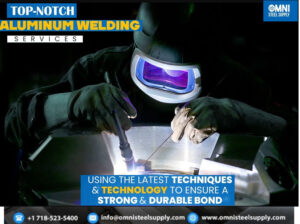
What are the Advantages of Flash Welding?
Flash welding offers several advantages, making it a popular choice in various industrial applications:
- Speed and Efficiency: Flash welding is an incredibly fast process. The rapid heating and welding cycle times enable high production rates, reducing overall manufacturing time and costs.
- Strong and Durable Welds: Flash welding produces high-quality welds with excellent strength and integrity. The joint formed is often as strong, if not stronger, than the base metals being welded.
- No Filler Material Required: Flash welding does not require additional filler materials, as the molten flash material acts as a temporary filler during the welding process. This eliminates the need for extra consumables and simplifies the welding operation.
- Versatility: Flash welding can be used to join a wide range of metals and alloys, including steel, stainless steel, aluminum, and copper. This versatility makes it suitable for diverse applications across multiple industries.
- Minimal Heat-Affected Zone: Flash welding’s high-speed nature minimizes the heat transfer to the surrounding areas, resulting in a smaller heat-affected zone. This helps preserve the material’s properties and reduces the likelihood of distortion or weakening of the base metals.
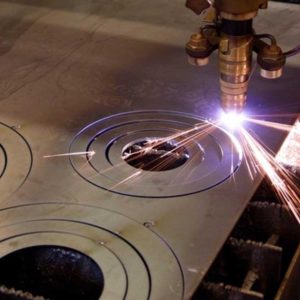
What are the Limitations of Flash Welding?
While flash welding offers numerous advantages, it also has some limitations that should be considered:
- Limited Joint Configurations: Flash welding is most effective for joining flat or cylindrical components with large contact areas. Welding complex or irregular shapes can be challenging with this method.
- Precision Alignment: Proper alignment of the components is critical in flash welding. Any misalignment can result in an imperfect weld or insufficient electrical conductivity, leading to joint failure.
- Equipment and Energy Requirements: Flash welding requires specialized equipment capable of delivering high electrical currents and managing the rapid heat generated. This can involve significant initial investment and energy consumption.
- Size Constraints: Flash welding is more suitable for smaller to medium-sized components. Welding large or bulky parts may require additional equipment or alternative welding methods.
Conclusion:
Flash welding is a high-speed welding process that delivers strong and durable weld joints. With its exceptional speed, efficiency, and reliable results, flash welding has become a favored choice in industries where rapid production and robust welds are essential. Understanding its working principles, advantages, and limitations enables
